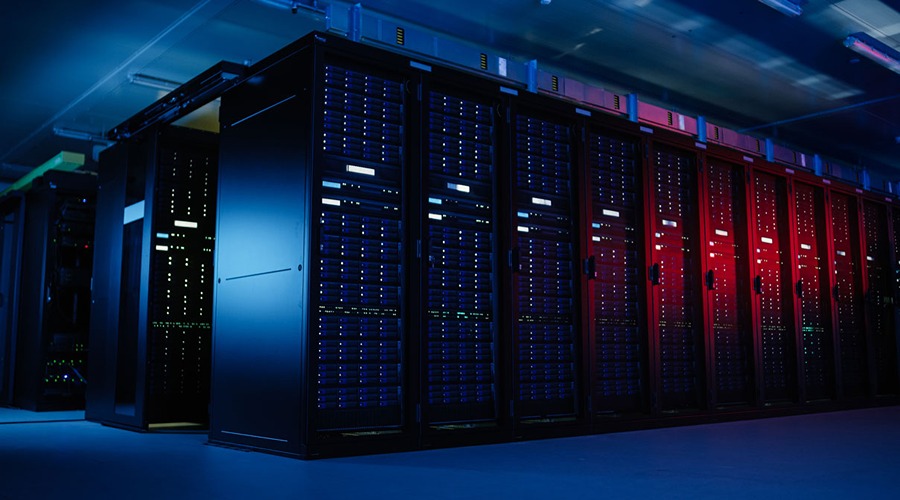
SANTA CLARA, CA, May 27, 2025 – Astera Labs, Inc. has announced that the company is collaborating with NVIDIA to provide connectivity solutions for the NVIDIA NVLink Fusion ecosystem.
“We have a long history of early engagement and industry firsts with NVIDIA, and we are excited to continue this collaboration to advance the NVLink Fusion ecosystem,” said Sanjay Gajendra, president and COO, Astera Labs. “To keep pace with rapidly growing AI models which have reached trillions of parameters, AI infrastructure providers must adopt scale-up platforms that deliver both high performance and high efficiency. By adding NVLink solutions to our Intelligent Connectivity Platform, we will enhance optionality and time-to-market for our hyperscaler customers and expand our market opportunity.”
Next-generation AI workloads require high-bandwidth, low-latency connectivity with native memory semantics to coordinate substantial numbers of accelerators across rack-scale systems. Astera Labs plans to add NVLink support to its Intelligent Connectivity Platform, which integrates PCIe, CXL, and Ethernet silicon along with its COSMOS software for system-level monitoring. This addition will enable hyperscale data centers to implement heterogeneous compute architectures using NVIDIA GPUs and custom accelerators with improved performance and coordination.
“NVIDIA’s accelerated computing platform has been supported by Astera Labs for multiple generations, including HGX, MGX, and NVL72 with its PCIe connectivity solutions,” said Ashish Karandikar, vice president of SoC Products, NVIDIA. “NVIDIA’s collaborations with industry leaders enable the NVLink Fusion ecosystem to deploy high-performance AI factories that can quickly scale and meet the demands of intensive workloads for model training and agentic AI inferencing.”
Astera Labs and NVIDIA’s collaboration extends over generations of NVIDIA platforms, with Astera Labs’ Aries PCIe/CXL Smart DSP Retimers deployed in volume across NVIDIA Hopper and NVIDIA HGX platforms, and in hyperscalers’ customized NVIDIA rack-level solutions. Astera Labs demonstrated the PCIe 6 interoperability with Scorpio P-Series fabric switches, Aries 6 Retimers and an NVIDIA Blackwell GPU at NVIDIA GTC 2025. Scorpio P-Series Fabric Switches have also been integrated with the NVIDIA MGX platform for PCIe 6-ready modular designs. Astera Labs will add NVLink to its portfolio to support AI infrastructure needs with interoperable scale-up connectivity.
Source: Astera Labs
About Astera Labs

Astera Labs, established in 2017 and headquartered in Santa Clara, CA, is a fabless semiconductor company that designs connectivity solutions for AI and cloud infrastructure. Its product line includes PCIe, CXL, and Ethernet-based devices such as retimers, memory controllers, smart cable modules, and fabric switches. These are integrated with COSMOS, a system management and optimization software platform. Astera Labs targets high-performance computing environments, supporting hyperscalers and OEMs that require low-latency, high-throughput data interconnects. The company’s architecture emphasizes flexibility and system-level interoperability across modern data center networks. In fiscal year 2024, it reported $396.3 million in revenue. Astera Labs employs about 440 people. Its platform supports scalable data movement for workloads with high memory and compute demands, such as those found in AI and cloud infrastructure.
About NVIDIA

NVIDIA Corporation, based in Santa Clara, CA, is a U.S. technology company specializing in the design and production of graphics processing units (GPUs). Its hardware and software solutions support a range of applications and simulation. Operating for over 30 years, NVIDIA has seen strong financial growth, reporting $39.3 billion in revenue and $22.1 billion in net income for the fiscal quarter ending January 2025. Its headquarters are designed to promote a flat organizational structure that encourages open communication and collaboration between leadership and staff across industries. In gaming, its GPUs power high-performance visual rendering. In artificial intelligence and high-performance computing, NVIDIA provides the infrastructure needed for training and deploying large-scale models. The company also contributes to the automotive sector with systems for autonomous driving and supports robotics with tools for AI-based perception.
